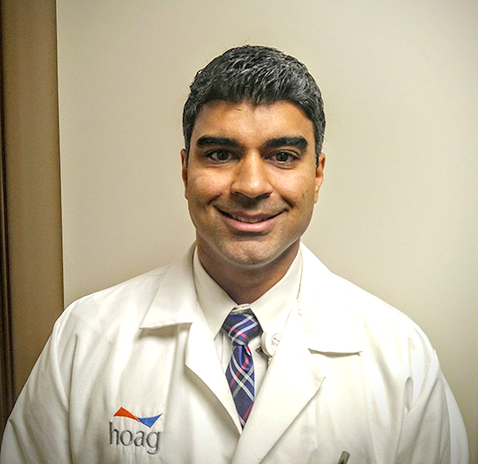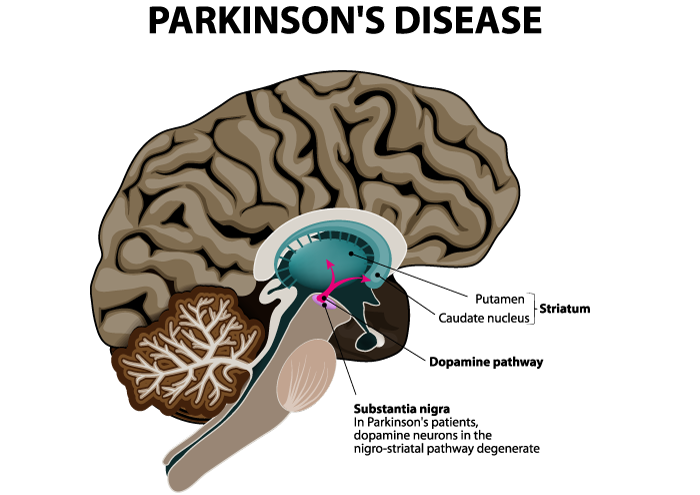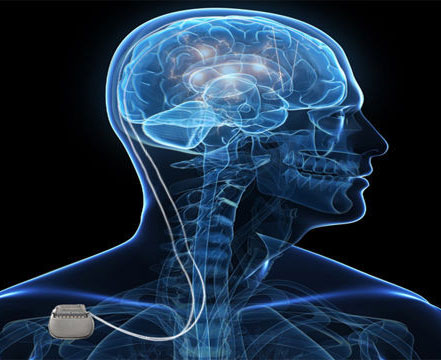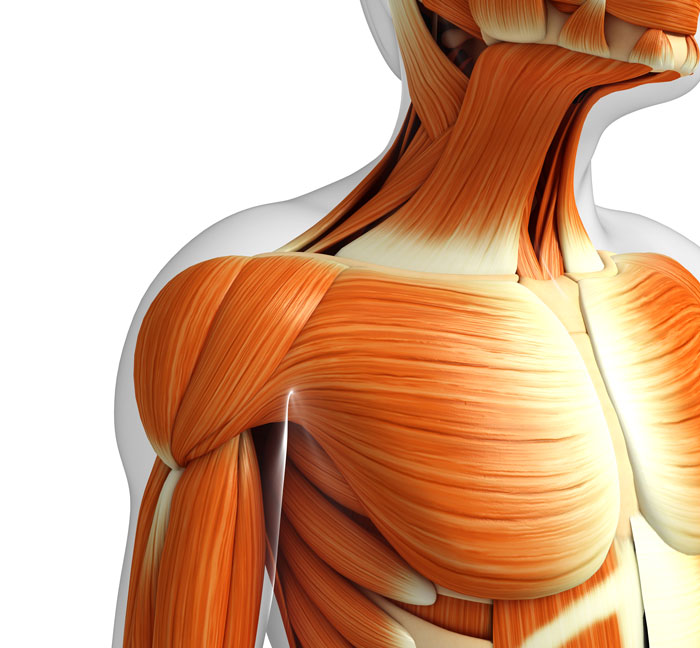Our Team
MDPD Specialists Team

Dr. Sandeep K. Thakkar D.O.
Dr. Sandeep K. Thakkar is a board certified neurologist and fellowship trained movement disorder specialist from UCLA. Dr. Thakkar specializes in the treatment of early to advanced Parkinson’s disease. The focus of therapy is to help diagnosis and treat movement disorders in general ranging from tremors to gait instability. Graduating from Western University of Health Sciences College of Osteopathic Medicine of the Pacific in 2007, Dr. Thakkar is renowned for his tireless efforts to design and create innovative treatment programs that help improve the quality of his patient’s lives, including new surgical therapies in the field.
Dr. Janet M. Chance MD, BCh, FRCP(C)
Dr. Janet M. Chance is a board certified neurologist who specializes in the treatment of Parkinson’s Disease and other movement disorders. Having graduated from the University of Dublin, Dublin, Ireland, in 1972, Dr. Chance boasts a wealth of experience pioneering teams in the research and development of innovative treatment care programs, designed with your healing and comfort in mind.
Cheryl Kyinn P.A.
Cheryl E. Kyinn is a certified physician assistant who specializes in neurology. In 2006, she graduated from the University of California, Irvine, with a B.A. in English. She later received her M.S. in physician assistant studies from Western University of Health Sciences in 2010. During her rotations, she developed an affinity towards neurology and has specialized in this since graduating.Our Specialties
Parkinson’s Disease
Parkinson’s disease is a progressive disorder of the nervous system that currently affects 1% of the American population. It spares race and is found in both men and women although is found to be most common in men. Parkinson’s typically affects older people aged between 50 and 65 though, in some rare cases, can also occur in younger adults.

Cognitive Disorder
As we get older, our bodies begin to change. An entirely natural part of this shift is a slowing down of our brains and a dimished ability to remember and learn new things. However, consistent and increasing occurrences of conditions such as increased memory loss may be a sign of something more serious such as a cognitive disorder.

Deep Brain Stimulation
Lorem ipsum dolor sit amet, consectetur adipiscing elit. Donec justo enim, dictum ut massa et, sodales eleifend felis. Class aptent taciti sociosqu ad litora torquent per conubia nostra, per inceptos himenaeos. Nulla ut vulputate augue, id ullamcorper arcu. Phasellus in tincidunt magna.

Dystonia Including Torticollis and Blepharospasms
Dystonia affects approximately 500,000 adults and children in the United States and is the third most common movement disorder in the country. Identified by the repetitive twisting and contracting of muscles for prolonged periods of time, dystonia is also one of the most painful conditions.

Gait Disorders
The term ‘gait’ refers to a person’s pattern of walking. Most people have their unique gait. For example, some people may have a bit of a bounce in their step or walk with their feet pointing outwards. Others may lean forward slightly or swing their arms from side to side. All of these walking variations are considered normal and part of a person’s gait. But there are many reasons why someone may experience a change in the way that he or she walks, the most typical being accident or injury to the legs, which leads to a limp. Having a limp is not the same as having a gait disorder.

